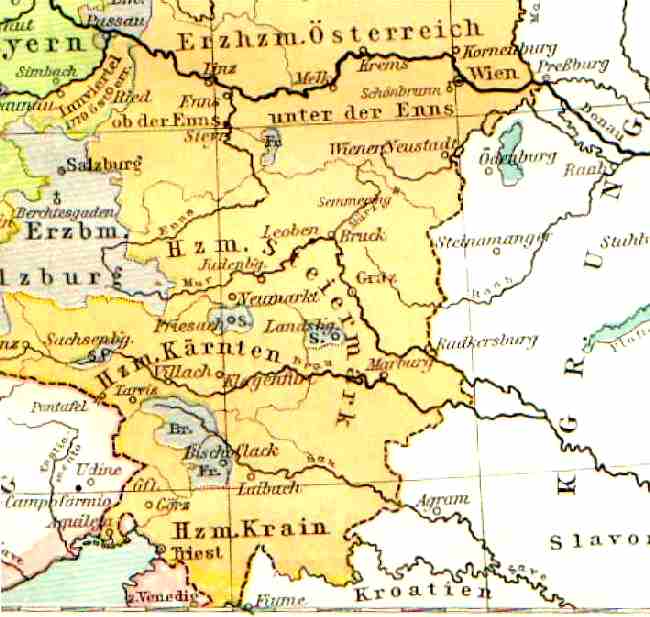
Figure 1.--Here is an 18th century map before the territorial changes of the Napoleonic Wars. It shows how Germans would have viewed Slovenia in historical terms. |

|
A German reader provides some historical insights as to how the NAZIs may have viewed Slovenia. The remarks are a repose to the HBC discussion onCamp Hesselberg. He makes an important point that since the fall of the Roman Empire that Slovenia has been tied up with German history.
From an historical point of view, Slovenia is a border country, to the south ate the Slavs and Islamic Balkan population. Here is a detail from map of Germany made in 1786 before the Napoleon Wars and major European territorial changes. More concise: A map of the socalled "Heiliges Römisches Reich Deutscher Nation" since the early medieval centuries. All full-coloured areas were part of this historical "Reich". The interrupted/broken line is the border. The "Herzogtum Krain" and also parts of the former "Herzogtum Steiermark" ("Steiermark" now an Austrian country) are now "Slovenia" with the capital Ljubljana (in German: Laibach). Below you find "Kroatien" (Croatia), to the east (the Kingdom of) Hungaria (at medieval time not part of the "Habsburg Monarchie"), the latter outside of the historical „Reich“. „Marburg“ there is now „“Maribor“ just to the south of the border of Austria, „Görz“ is „Gorizia“ just east of the border to Italy, e.g.
The actual border is between „Tarvis“ (now Italian, Tervisio“), „Villach“ and Klagenfurt (both Austrian), „Marburg“ (now Slowenien „Maribor“) and „Bad Radkersburg (Austrian). There are still some Slovenien speaking villages in the outmost southeast of Austria to the south of Klagenfurt.
The NAZIs I suppose considered the old historical parts of the „Reich“, as you write „racially salvageable“, as „coming home“ to the NAZI’s „Großdeutsches Reich“ with some or many German speaking sites; the rest they distributed to Italy and Hungaria.
And the children in the school picture of „Camp Hesselberg“? „Part of the Slovenia minority living in Austria“? Part of the German speaking minority in former Slovenia – there were a lot of partisans headed by the later Jugoslavian leader Tito in the mountains of Slovenia! -, who knows? Coming from the then Italian part of former Slovenia – who knows? „Hesselberg is a rather high hill in Franken to the north of Nuremburg, may be the children were there in 1943 for „Landverschickung“, childrens’ evacuation? In the Hesselberg area there are still now youth camps for school holidays. The Non-German names of the teachers are, in my opinion, no good indication, these names may be also found in the German speaking parts of southeast Austria. [HBC note: I can not yet confirm this, but my understanding is that the children here are the Slovenian minority in Austria.]
I am no historian, I have no access to any documents. Hence, I may be absolutely wrong. [HBC note: Yes we do not fully understand what was going on at Camp Hesselberg. Our German reader's comments are useful, especilly the hostorical background. Hoefully we can find more information on Camp Hesse;berg.]
Navigate the Boys' Historical Clothing Web Site:
[Introduction]
[Activities]
[Biographies]
[Chronology]
[Clothing styles]
[Countries]
[Bibliographies]
[Contributions]
[Essays]
[FAQs]
[German glossary]
[Satellites]
[Tools]
[Boys' Clothing Home]
Navigate the Boys' Historical Clothing national pages:
[Return to the Main Slovenian histopry page]
[Return to the Main countries page]
[Australia]
[Austria]
[Belgium]
[England]
[France]
[Germany]
[Ireland]
[Italy]
[Japan]
[Korea]
[Mexico]
[New Zealand]
[Scotland]
[United States]
